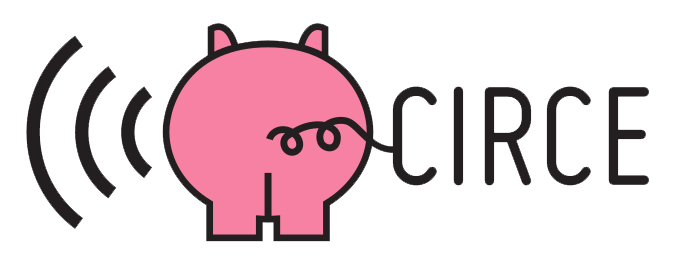Organic Internet: Building Communications Networks from the Grassroots
Short Essay by Panayotis Antoniadis from NetHood.
This book chapter aims to answer two main questions: one about production—ICT infrastructures—and the second about consumption habits—the Internet diet. It also introduces one candidate solution that could become part of the answer: Do-It-Yourself networking or the Organic Internet.
First, in a sustainable city of the future like the one imagined by P.M., how would the underlying ICT infrastructure would look like? Would it be owned and managed through local cooperatives, as in the case of housing and agriculture? Would every neighborhood have its own servers, platforms, wired and wireless connections? Or would information and communication technologies belong in the “global sphere”— a centrally managed infrastructure meant to interconnect different regions and cities across the world? Or perhaps, the reality would be somewhere in the middle with connections at the district or city level. In either case, would it look like today’s commercial industrialized Internet or would it be more “organic”?
Second, in a world with resource constraints, what would be a healthy and ecological diet for everyday consumption of Internet services and information? What type of services should be provided to satisfy the basic needs for communication and the organization of other common activities? And how “private” should we expect this consumption to be? Should people share their devices? Should they share the content downloaded from the Internet or even share their Internet connections themselves?
The key premise behind the effort to answer those questions is that any “action plan” for sustainable living needs to include also a strategy for implementing information and communications technologies (ICTs). And this strategy needs also to take into account the energy requirements of digital communications, their design and governance, and their corresponding social, economic, and political implications. This is essential, since the Internet and more generally ICTs are much more than “dump pipes” transferring digital information from point A to point B. They include data collection, management, and filtering services, as well as user interfaces that prioritize certain actions over others, and include many other design decisions that significantly affect the way they are used and their corresponding outcome.

This work is licensed under a Creative Commons Attribution-NonCommercial-ShareAlike 4.0 International License ove non altrimenti specificato
